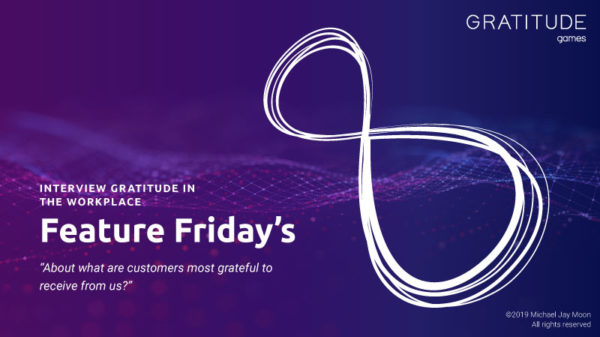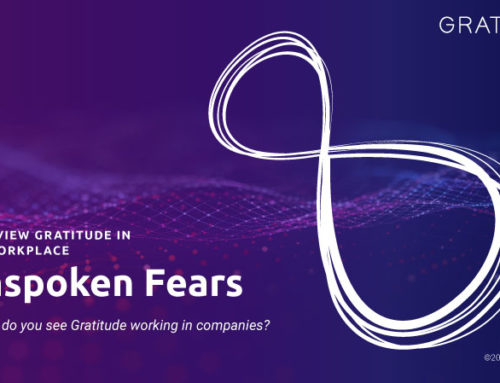I first learned about Feature Friday’s from the CTO of Meetup.com. In a presentation on using the principles of the Lean Startup, he explains how he used Feature Friday’s to curtail most of the opinionated bickering and arm-waving among his development team, you know, about the color and placement of a Submit button.
He instituted what he called Feature Friday’s.
He and his team invited six or so users of the Meetup app to a working lunch every Friday. He provided the pizza, salads and beverages and users provided feedback. A sweet deal.
He only allowed two other employees to sit in the room, mostly to take notes. He would show A/B versions of user interfaces, mockups, flowcharts and, in some cases, paper-based flash cards of rough UX concepts.
While it was a bit of a challenge to get users to come their Manhattan offices to start, after six or so weeks, past participants started bugging him to get invited back.
At that point they began to plan these Feature Friday’s as you would a salon or dinner party, selecting people with particular perspectives and needs.
He reported that after a year of doing Feature Friday’s, Meetup had created a large, diverse pool of brand advocates, ambassadors, and true fans that has morphed into industry advisory groups and super beta testers.
One of the digital health startups that I advise now conducts Feature Fridays.
They started Feature Friday’s as a way for the distributed development team to showcase the fruits of their weekly sprints.
I just asked the CEO to summarize their proceedings.
He emphasized that Feature Friday’s are primarily the developers’ meeting about the product, led by engineering head for the benefit of the non-technical folks of the startup. He said that they would open this up to their customers, you know, once they clean up the floor of their “sausage factory”.
Who presents what?
- The engineer head leads a choreographed session and provides context or bridging comments as needed.
- The customer success head takes about 10 minutes to reprise the group on new customers as well as existing ones and their comments, complaints and suggestions.
- The UX engineer reviews each new service ticket and feature request that came in during the past week. They collectively discuss and reprioritize their backlog of fixes, updates, and new features.
- The backend engineer demonstrates new or improved services, reporting, and performance and stability improvements.
- The engineer head concludes with the next steps of the roadmap to take and asks for feedback from the executive team.
What value did they see?
Feature Friday’s produce a ton of value, even in a small startup which I’d summarize as:
- Consistent and meaningful recognition of otherwise introverted engineers, often working remotely, for their hard work and creativity;
- Deeper customer empathy from sharing and debating verbatim comments from customers and partners;
- Healthy debate about what customers need and how to satisfy specific use cases;
- Alignment within the product and marketing team about building what customers will pay to use;
- Weekly prioritization of the sprint for the next week; and
- Deeper shared understanding of across product, development, and business teams.
When they begin adding customers to Feature Friday’s, they will have a clinician or patient care coordinator lead these meetings.
Think of that as a weekly meetups of advisors and customers, and that over time, as they start including non-customers and partners, Feature Friday’s will facilitate the buying and full adoption of the product without the odor or stench of sales or marketing.
That’s a classic Challenger Customer tactic of enabling the change-mobilizers within customer accounts to build a drive a consensus to make a needed change.
Gratitude and Marketing
I remember when we first introduced Feature Friday’s to the management team, asking one of the most powerful questions in my tool chest,
What has your customer forgotten for which you are a stand to remember?
I’ll have to write a book to unpack all the good stuff in that one question.
However, I’d like to offer a few quick thoughts about how to use this question to bring Gratitude into customer relationships, marketing, and sales.
Here’s my argument.
- Vendors make products that customers will pay to own and use. That’s fundamental.
- Good products evoke within the customer the experience of clarity, relief, and value. That’s the intellectual, emotional, and physical dimensions of successful products.
- Great customers experience a vendor’s brand, messaging, selling process, AND product as a gift and hopefully a shared aim to improve or transform the customer’s situation and maybe the world.
- When vendors forget this transformational narrative, and focus on just the functionality and performance of their products, then buyers race to the bottom for the lowest price, most favorable terms, and the fewest number of product or service lock-ins or exit penalties.
- Great vendors co-create with each customer a vivid and powerful narrative about the future and the cascading positive effects from using the product well.
So, let me put this in a real-world context of this health IT startup.
When I asked the question, What has your customer forgotten … five or so times, like asking the Five Whys in Lean Manufacturing or Kaizen methods, the team quickly landed on a powerful theme: patient-centrism along the care continuum.
Their key customer segment of Payors, insurance firms and organ transplant hospitals, tend to forget that the real job to be done is about the patient as a human being and health outcomes.
Sure, Payors need to minimize costs, waste, and risks. Sure, they need to streamline that reimbursement and payment processes. And now, providers and payors must make their data interoperability for cross-institutional sharing and mobile for consumers to download all of their personal information.
With all that pressure to reign costs, insurance firms and transplant hospitals just tend to be a bit myopic.
The founders of this health IT startup recognized that their primary mission now stood out with simplicity and power: enable transplants teams to produce the best patient outcomes prior to, the day of, and following an organ transplantation while minimizing costs, waste, and risks for payors and hospitals. Patients first.
This question about being a stand for what customers tend forget crystalised the singular most important aspect of success, asking in a virtual sense,
“About what are customers
most grateful to receive from us?”
That’s the soul of the brand and realization of the business mission.
That’s starting with the end-in-mind from which to work backwards.
That’s solving for X.
It’s a felt-sense experience of doing the right thing.
It’s the knowledge that you assisted in saving someone’s life and averted grief and loss of their loved ones.
It’s the virtuous-circle economics of reinvesting productivity dividends from greater efficiency into more organ transplants, lower costs per transplant, and fewer people dying on a waitlist.
So, it came as no surprise that living and breathing this patient-first manifesto became the animating force of all their Feature Friday’s.



